The most pressing issue for the cultivation of carrots - weed control. To solve this problem, many scientifically grounded and popular methods of crop processing have been proposed. However, weeds most effectively destroy herbicides such as kerosene.
When applying one or another herbicide in a confrontation with weeds, it is necessary, first of all, to determine the correctness of the choice, to understand the specificity of the chemical's action and to strictly follow the instructions for use.
Table of contents
Sprinkle with kerosene instead of weeding
One of the ways to deal with weeds in the beds of carrots is use of pure kerosene.
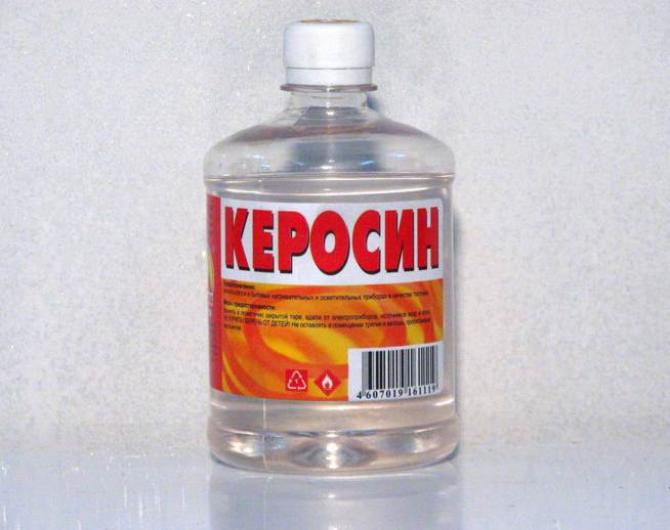
Carrot seeds germinate very slowly - within three weeks, and while the sprout appears above the ground, the bed will be covered with weeds. The lack of moisture, sunlight, nutrients at the very beginning of the growth of seedlings will necessarily affect the quality of the crop later. Manual removal of grass from the beds - the process is quite time consuming. In the case of carrots, this method is not entirely justified, since the root system of this crop can easily damage or completely pluck young root vegetables from the ground along with a bunch of obsessive grass.
Fine dispersion of kerosene over the ridge is justified in that period, when shoots have not yet appeared. The deadline is when 1-2 leaflets of carrot tops appeared, and weeds already dominate the garden. At the time of processing, the weeds are much larger in size than the seedlings of carrots, its leaves and stems will become a kind of cover for the young seedlings from direct exposure to them with kerosene, and the weeds will be destroyed.
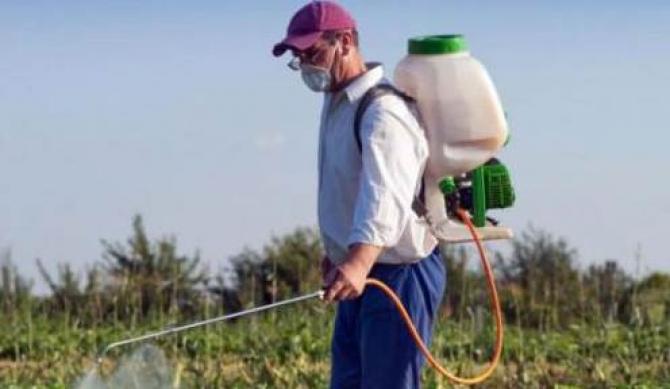
The gardener for the treatment will need:
- Spray.
- Rubber gloves.
- Respirator.
- Pure kerosene.
Kerosene consumption per 1 sq. M surface is 100 grams. In about two weeks, this procedure can be repeated and the whole summer weeds will not grow, and an excellent harvest of carrots is ensured.
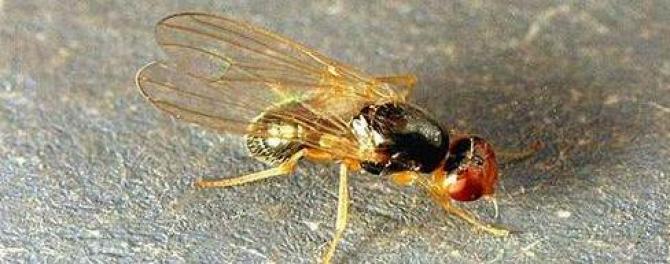
A positive aspect of this procedure can also be considered the deterrence of pests of carrots: carrot aphid, medvedka.
Kerosene as a herbicide for the treatment of carrots: the benefits or harm
Before the gardeners, who first learned about this option of processing the beds, inevitably there will be questions:
- How will this method affect the quality of the root?
- How will the application of this herbicide to human health?
- Is it reasonable to use kerosene in the garden from an environmental point of view?
Carrots will not be affected by this herbicide. In addition, kerosene quickly disappears from the surface of the earth. The procedure for weed control in carrot beds is carried out more than two months before harvest. The smell of kerosene roots do not absorb. But they can get it in violation of the rules of storage or transportation of the harvest, when the harvested vegetables are adjacent to chemical products that have a pronounced aggressive odor.
Since 1940, kerosene was used for chemical weeding, not only the beds in the garden, but also for the treatment of carrot fields. Spraying was performed at the earliest stage of cultural development - before the emergence of shoots using agricultural equipment. However this means proved effective only at high concentrations of kerosene. In addition, this oil product is an explosive herbicide, which is rather difficult to transport and store, and its effectiveness in the soil is only from 7 to 14 days.
On the scale of home gardens, there is no need to talk about high costs and high concentration of kerosene when processing beds. Kerosene does not sterilize the soil, and therefore does not cause global harm to the environment.
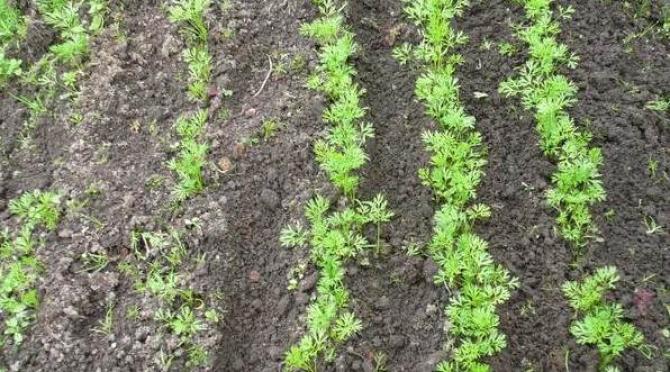
Folk Herbicides in Weed Control
It is quite clear that absolutely safe preparations based on chemical compounds cannot be. It takes some time to avoid contact with the weeds and land they have cultivated.
Not as radical as chemicals, but quite effectively fight with weeds carried out with the help of folk remedies.
Soda
A solution of high concentration soda is not inferior in terms of its destructive power. If to dissolve in it the crushed laundry soap, it only will increase its efficiency.
Vinegar
Vinegar is applied strictly on the leaves and stalks of weeds with a sprayer. This procedure is subjected to young weeds, before they bloom and the formation of seeds. The recipe for making such a herbicide is simple:
- In 1 liter of hot water, dissolve 5 tablespoons of vinegar and 2 tablespoons of salt. It is necessary to carry out processing accurately, without allowing hit of solution on vegetable cultures.
- Mix 2 cups of vinegar, 2 cups of water, a bag of citric acid, 30 grams of alcohol, 2 teaspoons of dishwashing detergent.
Herbicidal Soap
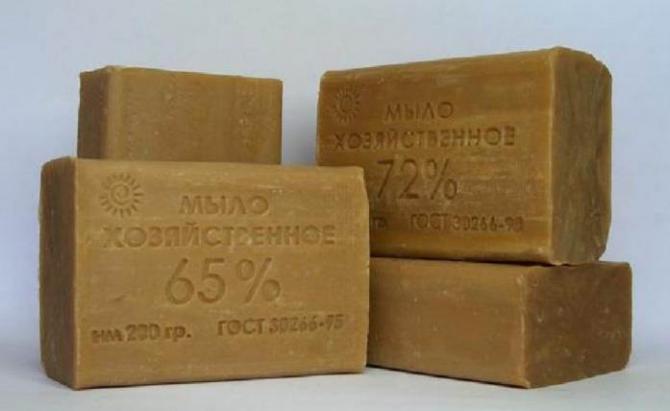
The recipe for a herbicidal soap: mix in equal proportions vinegar, salt, chopped soap. Having a homogeneous solution, they are treated with soil.
Salt
Salt sprinkled abundantly with salt (approximately 1 kg per 1 square meter). Rain and dew will contribute to its penetration into the soil. It not only burns out weeds, but also does not allow to grow new. However, for garden beds this method is still not the best. It is more suitable for clearing the yard, garden paths. If you still use salt in the garden, you need to sprinkle it around the beds, departing from cultivated plants.
Alcohol
Alcohol is also a very effective assistant gardener. A solution consisting of medical alcohol and water (a proportion of 1:10), is treated with soil. At 200 square meters, 11 liters of this solution are sufficient.
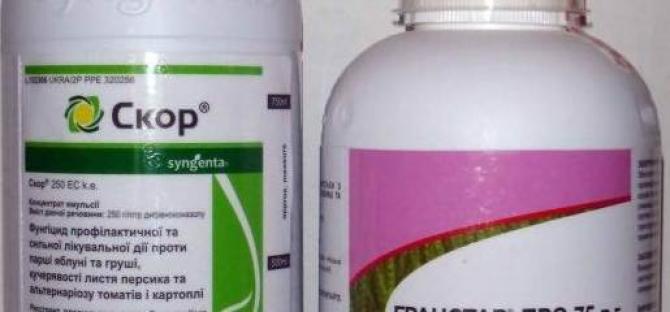

Please tell me 100g of kerosene how much water should be diluted